Serving Chicagoland
Our Guide to Raw dog food
Same-Day Delivery Available
100% Raw, Human-Grade Foods
Locally-Sourced Ingredients
Call or Text
Hours:
Ready for Pickup Or Delivery | Order Online
Comprehensive Guide to Leo's Raw Dog Food
Hey there, fellow dog lovers! Are you ready to give your furry friend the best nutrition nature has to offer? Look no further — Leo's Raw Dog Food in Chicago, IL, has got you covered. We pride ourselves on delivering 100% raw, human-grade foods that are nutrient-balanced and made from locally-sourced ingredients. Whether you're new to raw feeding or an old pro, our guide will help you transition smoothly and keep your pup’s tummy happy. Learn more about the key features of our raw dog food below:
100% Raw, Human-Grade Foods
Raw food retains more nutrients and is naturally easier for your dogs to digest. Human-grade because your dog deserves the same quality food as you.
Zero Grains, Zero Preservatives
Grain-free to prevent allergies and promote healthy digestion. No preservatives for a natural diet, reducing long-term health risks.
Made Locally, Fresh to Frozen
Support local and get only the freshest food, made close to home for your dogs. Frozen at peak freshness for a preservative-free meal your dogs will love every time.
Nutrient Balanced
Meets AAFCO nutritional needs for all essential vitamins and optimal health.
100% Raw, Human-Grade Foods
Raw food retains more nutrients and is naturally easier for your dogs to digest. Human-grade because your dog deserves the same quality food as you.
Zero Grains, Zero Preservatives
Grain-free to prevent allergies and promote healthy digestion. No preservatives for a natural diet, reducing long-term health risks.
100% Raw, Human-Grade Foods
Raw food retains more nutrients and is naturally easier for your dogs to digest. Human-grade because your dog deserves the same quality food as you.
Zero Grains, Zero Preservatives
Grain-free to prevent allergies and promote healthy digestion. No preservatives for a natural diet, reducing long-term health risks.
Made Locally, Fresh to Frozen
Support local and get only the freshest food, made close to home for your dogs. Frozen at peak freshness for a preservative-free meal your dogs will love every time.
Nutrient Balanced
Meets AAFCO nutritional needs for all essential vitamins and optimal health.
Made Locally, Fresh to Frozen
Support local and get only the freshest food, made close to home for your dogs. Frozen at peak freshness for a preservative-free meal your dogs will love every time.
Nutrient Balanced
Meets AAFCO nutritional needs for all essential vitamins and optimal health.
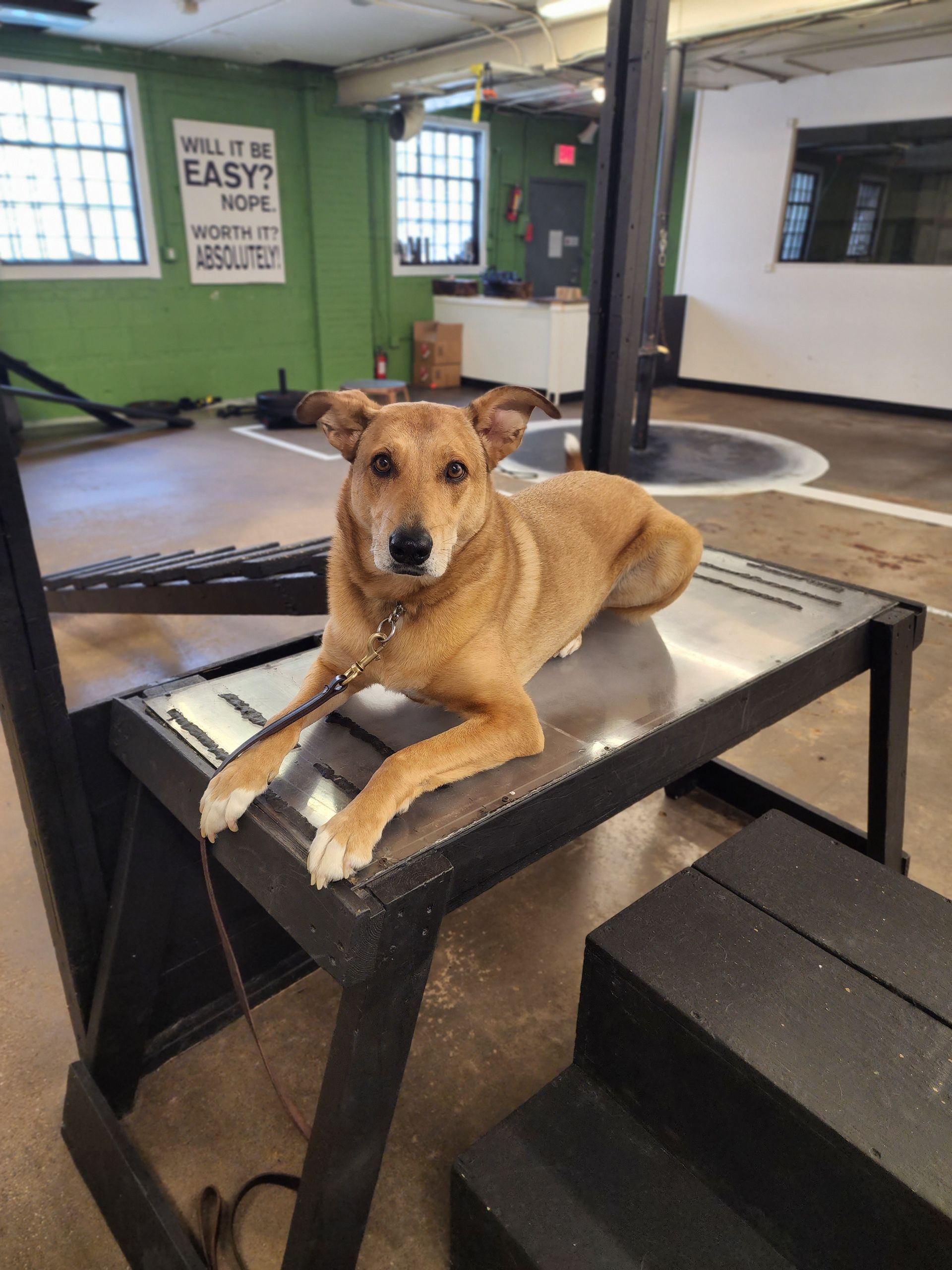
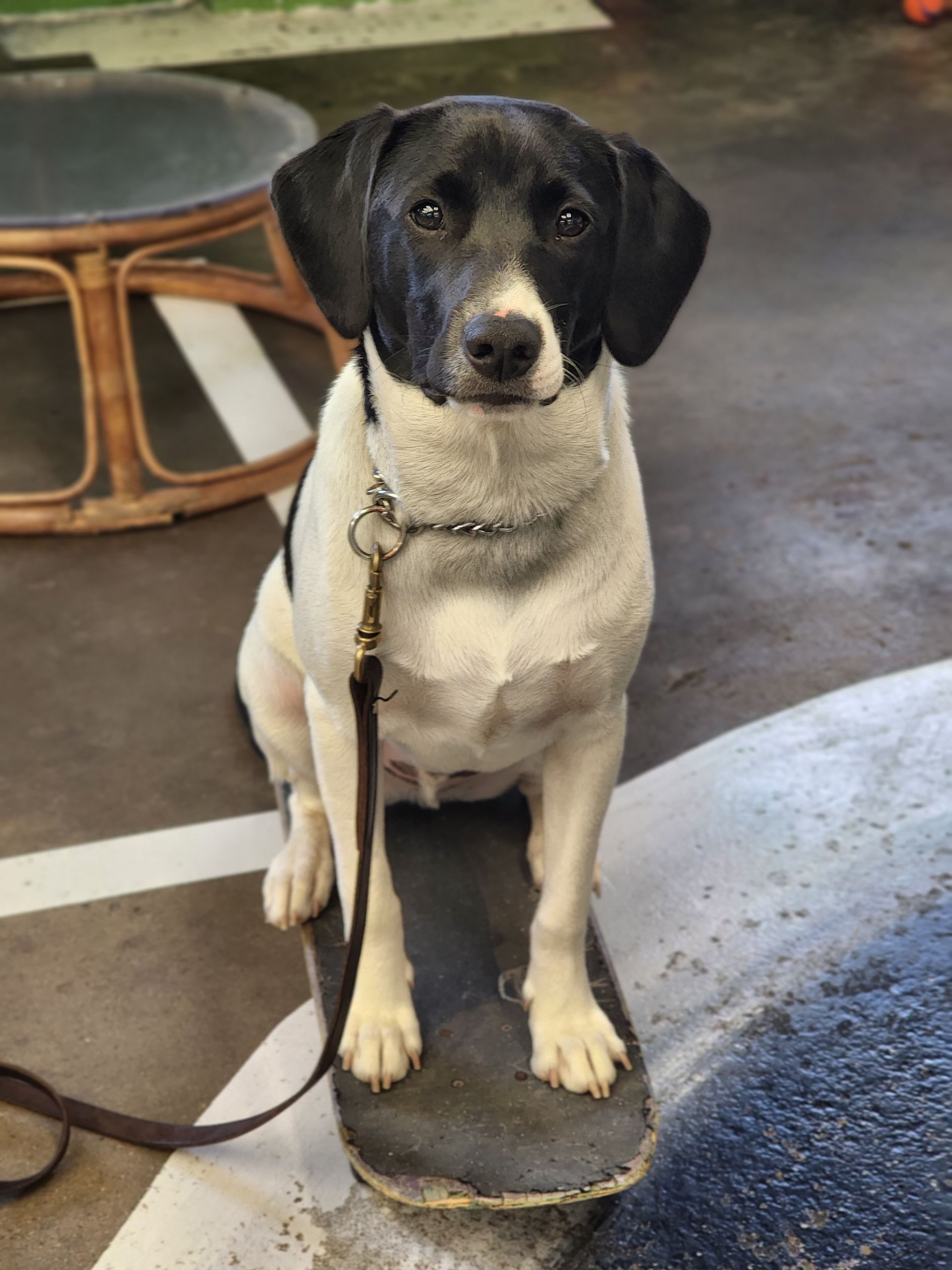
Switching to Raw Dog Food
Transitioning your dog to a raw food diet can be done in two ways: super fast or slow and steady. Here’s a step-by-step guide to help you make the switch successfully.
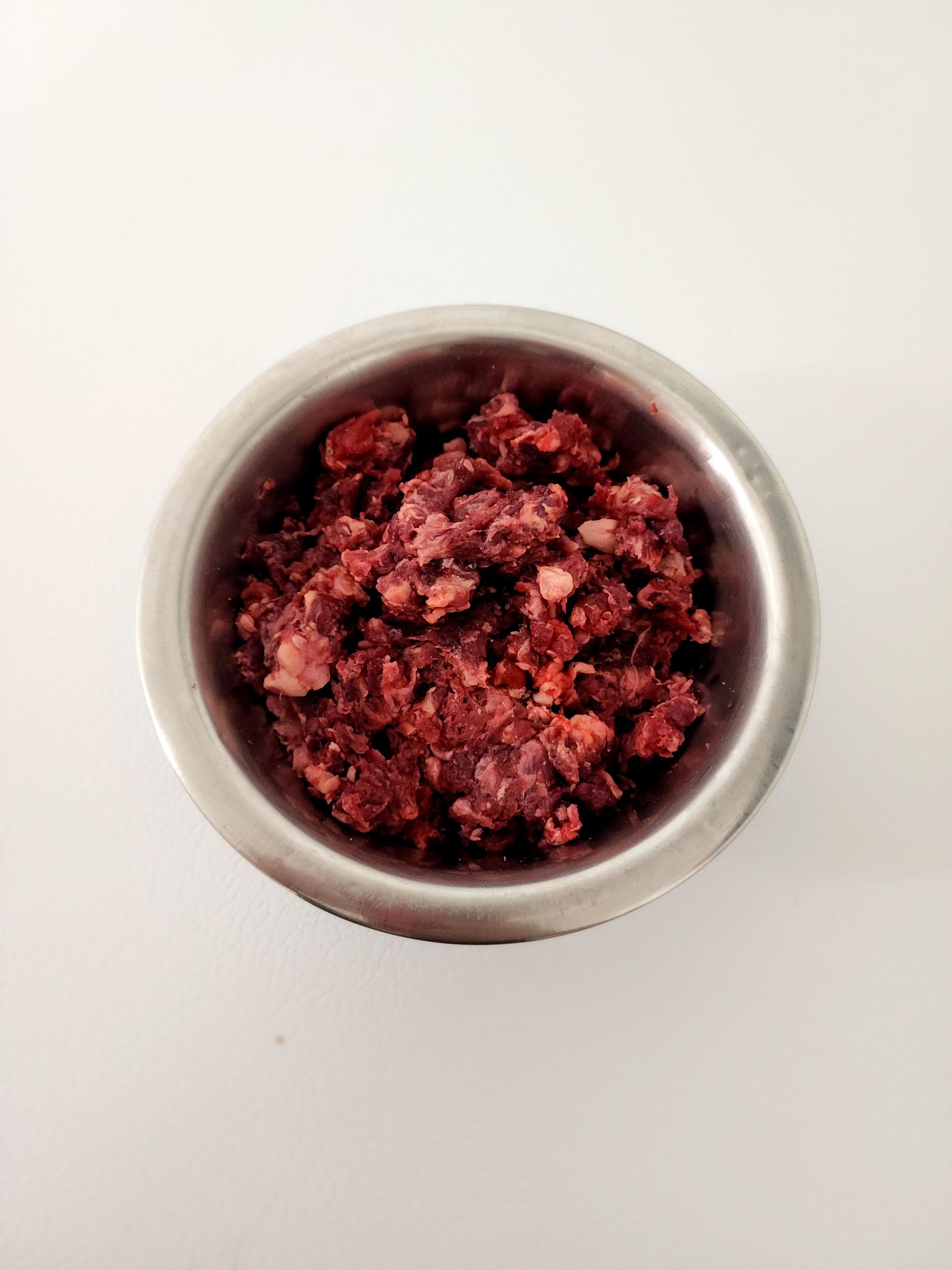
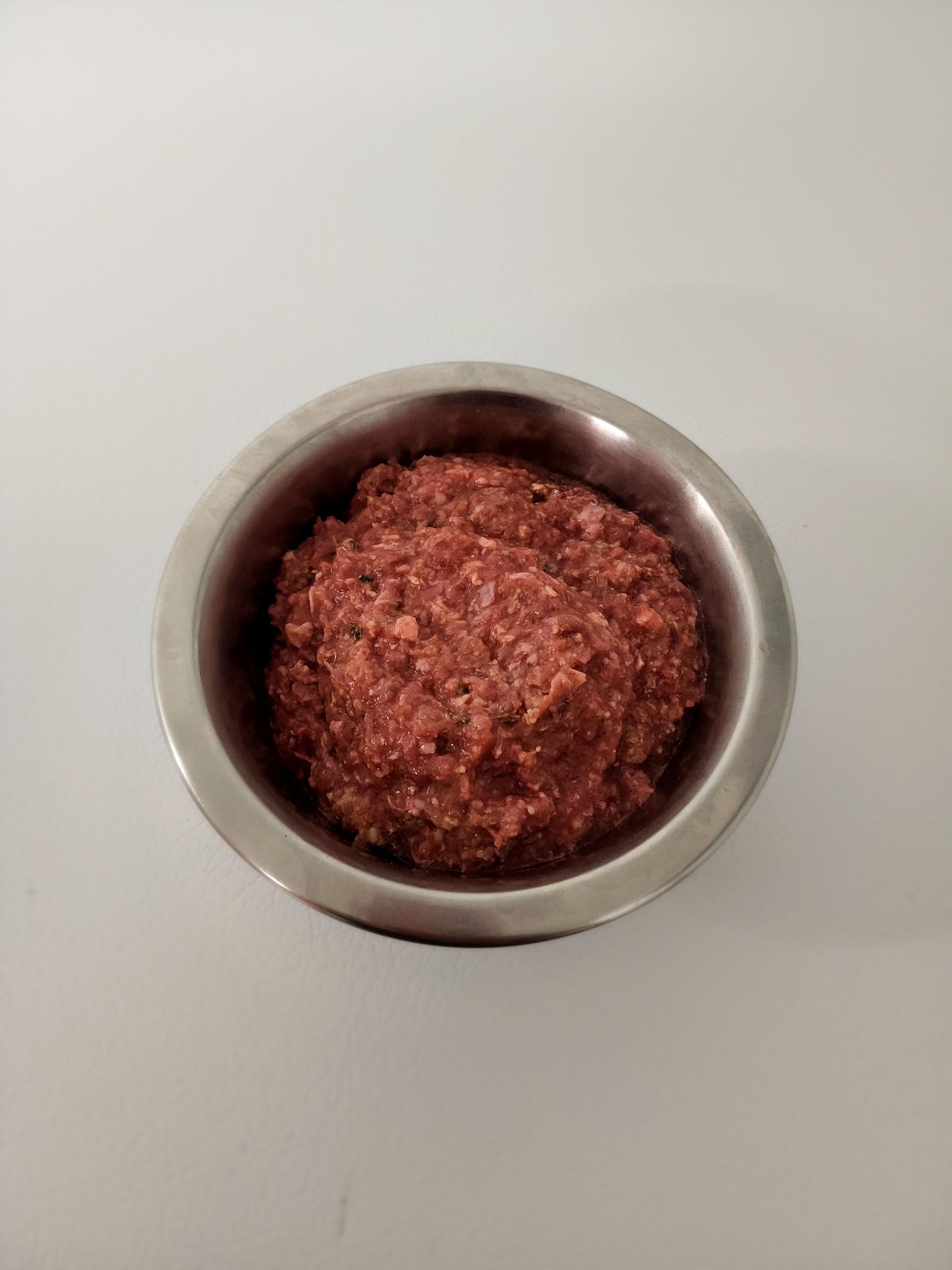
Approach 1: Super Fast
Step 1: Feed your dog their last meal of kibble or "fresh" food, or count the hours since their last meal.
Step 2: Place your dog on a 12 to 48-hour fast. We recommend closer to 48 hours, but you know your dog best.
Step 3: Serve up a bowl of Leo's Raw Dog Food and watch your dog feast.
Approach 2: Slow and Steady
Before You Begin: Plan for this process to last anywhere between 3 days to 2 weeks, with the average being 7 days or 1 full week. The duration of the transition depends on your dog's age, weight, and activity level.
Step 1: Gradual Transition: Feed each meal at separate times, as both foods are consumed and processed at different rates. Gradually decrease the amount of usual food and increase the amount of Leo's Raw Dog Food until your dog's diet consists of 100% raw food.
7-Day Transition Schedule:
- Day 1: 90% Usual, 10% Leo's Raw Dog Food
- Day 2: 75% Usual, 25% Leo's Raw Dog Food
- Day 3: 60% Usual, 40% Leo's Raw Dog Food
- Day 4: 45% Usual, 55% Leo's Raw Dog Food
- Day 5: 30% Usual, 70% Leo's Raw Dog Food
- Day 6: 15% Usual, 85% Leo's Raw Dog Food
- Day 7: 100% Leo's Raw Dog Food
Hello Big Life!
Step 2: Monitor Your Dog: Keep a close eye on your dog during this time. If you notice loose stools early on, cut back on the raw food and increase it at a slower rate, adjusting and extending your course duration. A successful reaction should result in small and firm stool consistency, indicating better nutrient absorption.
Alternatively, your dog may accept the introduction of raw food very well, allowing you to shorten the course duration.
Approach 1: Super Fast
Step 1: Feed your dog their last meal of kibble or "fresh" food, or count the hours since their last meal.
Step 2: Place your dog on a 12 to 48-hour fast. We recommend closer to 48 hours, but you know your dog best.
Step 3: Serve up a bowl of Leo's Raw Dog Food and watch your dog feast.
Approach 2: Slow and Steady
Before You Begin: Plan for this process to last anywhere between 3 days to 2 weeks, with the average being 7 days or 1 full week. The duration of the transition depends on your dog's age, weight, and activity level.
Step 1: Gradual Transition: Feed each meal at separate times, as both foods are consumed and processed at different rates. Gradually decrease the amount of usual food and increase the amount of Leo's Raw Dog Food until your dog's diet consists of 100% raw food.
7-Day Transition Schedule:
Day 1: 90% Usual, 10% Leo's Raw Dog Food
Day 2: 75% Usual, 25% Leo's Raw Dog Food
Day 3: 60% Usual, 40% Leo's Raw Dog Food
Day 4: 45% Usual, 55% Leo's Raw Dog Food
Day 5: 30% Usual, 70% Leo's Raw Dog Food
Day 6: 15% Usual, 85% Leo's Raw Dog Food
Day 7: 100% Leo's Raw Dog Food
Hello Big Life!
Step 2: Monitor Your Dog: Keep a close eye on your dog during this time. If you notice loose stools early on, cut back on the raw food and increase it at a slower rate, adjusting and extending your course duration. A successful reaction should result in small and firm stool consistency, indicating better nutrient absorption.
Alternatively, your dog may accept the introduction of raw food very well, allowing you to shorten the course duration.
Pro Tips
Light Cooking:
For picky eaters, start by cooking the food at low heat to help with the transition. Cook it halfway through and gradually cook it less over a week until it is completely raw. Dogs with gastrointestinal problems or immune deficiencies may need their food lightly cooked.
Puppies:
Puppies can begin eating raw soon after they wean off their mother's milk (typically 3 to 4 weeks old). Feed them one protein at a time for at least a week before switching to another protein.
Seniors:
Older dogs that have been fed kibble, commercial wet food, or "fresh" food most of their lives may benefit from adding probiotics and digestive enzymes to their meals. This helps their digestive system reboot and develop the enzymes necessary to break down raw foods, easing their diet transition.
Observations During the Training
Good Stool:
As you switch your dog's diet to raw, you will notice changes in their stool. Due to the increased water content of raw meat and vegetables, stools will be softer initially. Over time, stools will become smaller and less frequent, eventually hardening as your dog regulates its water intake.
Detoxification, Allergies, and Sensitivities:
Dogs with sensitivities should be observed carefully. Some dogs may go through a detox period, releasing toxins from their previous diet. During this time, they may experience loose or mucous stool, runny eyes, ear excretions, and shedding. This is a positive sign of their body ridding itself of toxins. If symptoms persist for more than a few days, contact your vet for further evaluation.
Pro Tips
Light Cooking:
For picky eaters, start by cooking the food at low heat to help with the transition. Cook it halfway through and gradually cook it less over a week until it is completely raw. Dogs with gastrointestinal problems or immune deficiencies may need their food lightly cooked.
Puppies:
Puppies can begin eating raw soon after they wean off their mother's milk (typically 3 to 4 weeks old). Feed them one protein at a time for at least a week before switching to another protein.
Seniors:
Older dogs that have been fed kibble, commercial wet food, or "fresh" food most of their lives may benefit from adding probiotics and digestive enzymes to their meals. This helps their digestive system reboot and develop the enzymes necessary to break down raw foods, easing their diet transition.
Observations During the Training
Good Stool:
As you switch your dog's diet to raw, you will notice changes in their stool. Due to the increased water content of raw meat and vegetables, stools will be softer initially. Over time, stools will become smaller and less frequent, eventually hardening as your dog regulates its water intake.
Detoxification, Allergies, and Sensitivities:
Dogs with sensitivities should be observed carefully. Some dogs may go through a detox period, releasing toxins from their previous diet. During this time, they may experience loose or mucous stool, runny eyes, ear excretions, and shedding. This is a positive sign of their body ridding itself of toxins. If symptoms persist for more than a few days, contact your vet for further evaluation.
By following these steps and tips, you can ensure a smooth transition to a raw diet for your dog.
Visit us today to learn more about how Leo's Raw Dog Food can benefit your furry friend!
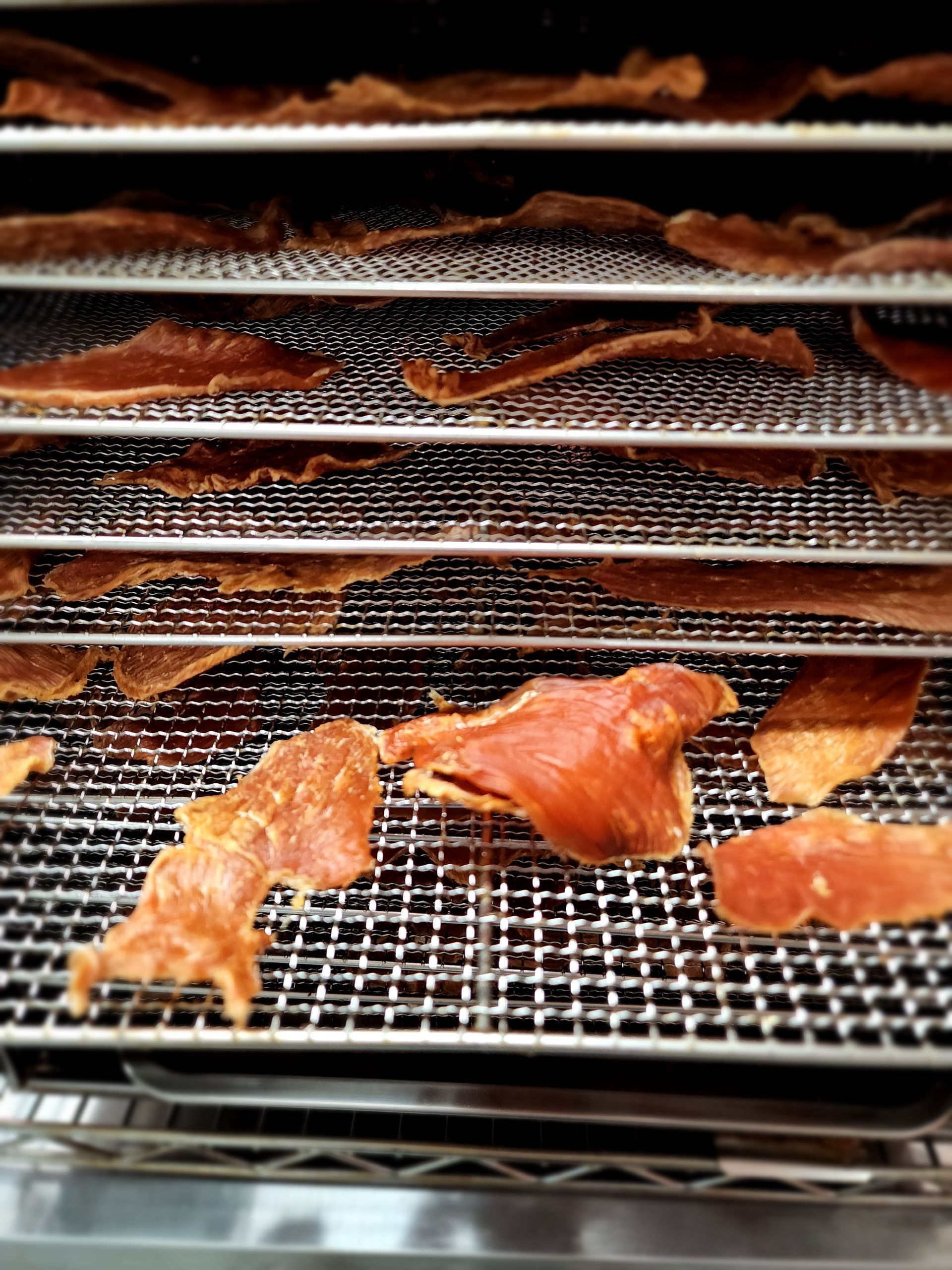
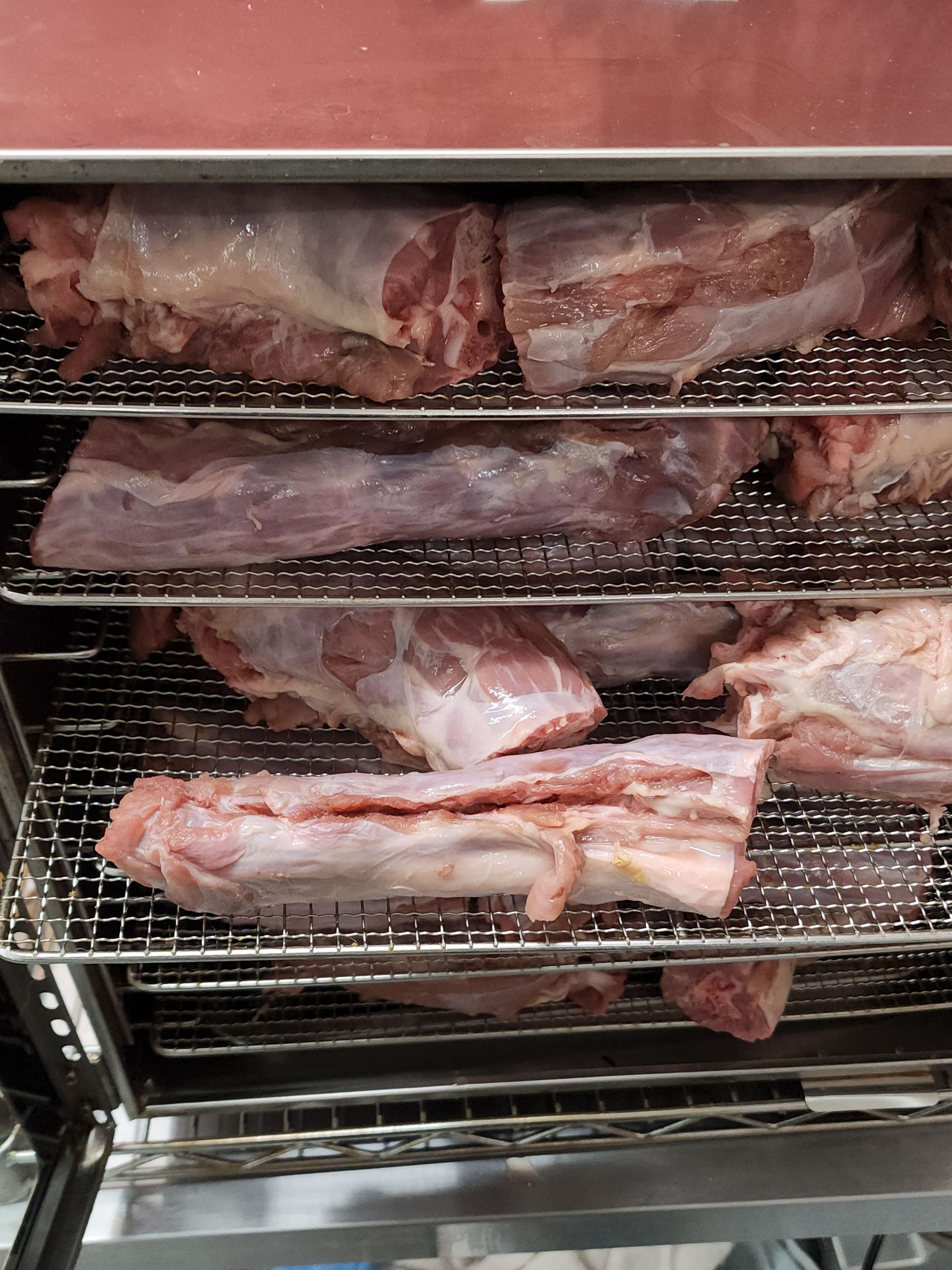
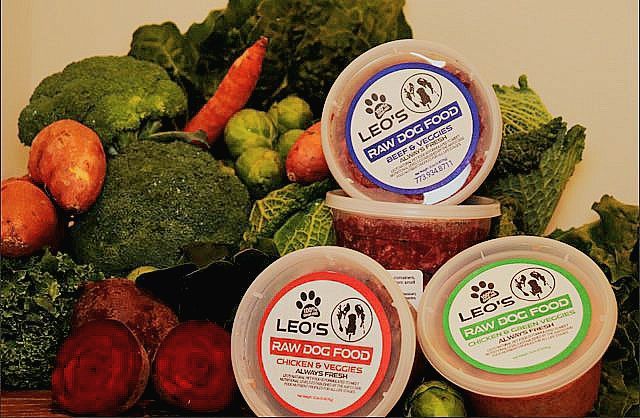
Learn More About Leo's Raw Dog Food
Located in Chicagoland, Leo's Raw Dog Food specializes in 100% raw, human-grade dog food and treats. We deliver nutrient-balanced foods and offer same-day delivery services. All our ingredients are sourced locally, and our products are competitively priced. Get in touch with us today!



Share On: